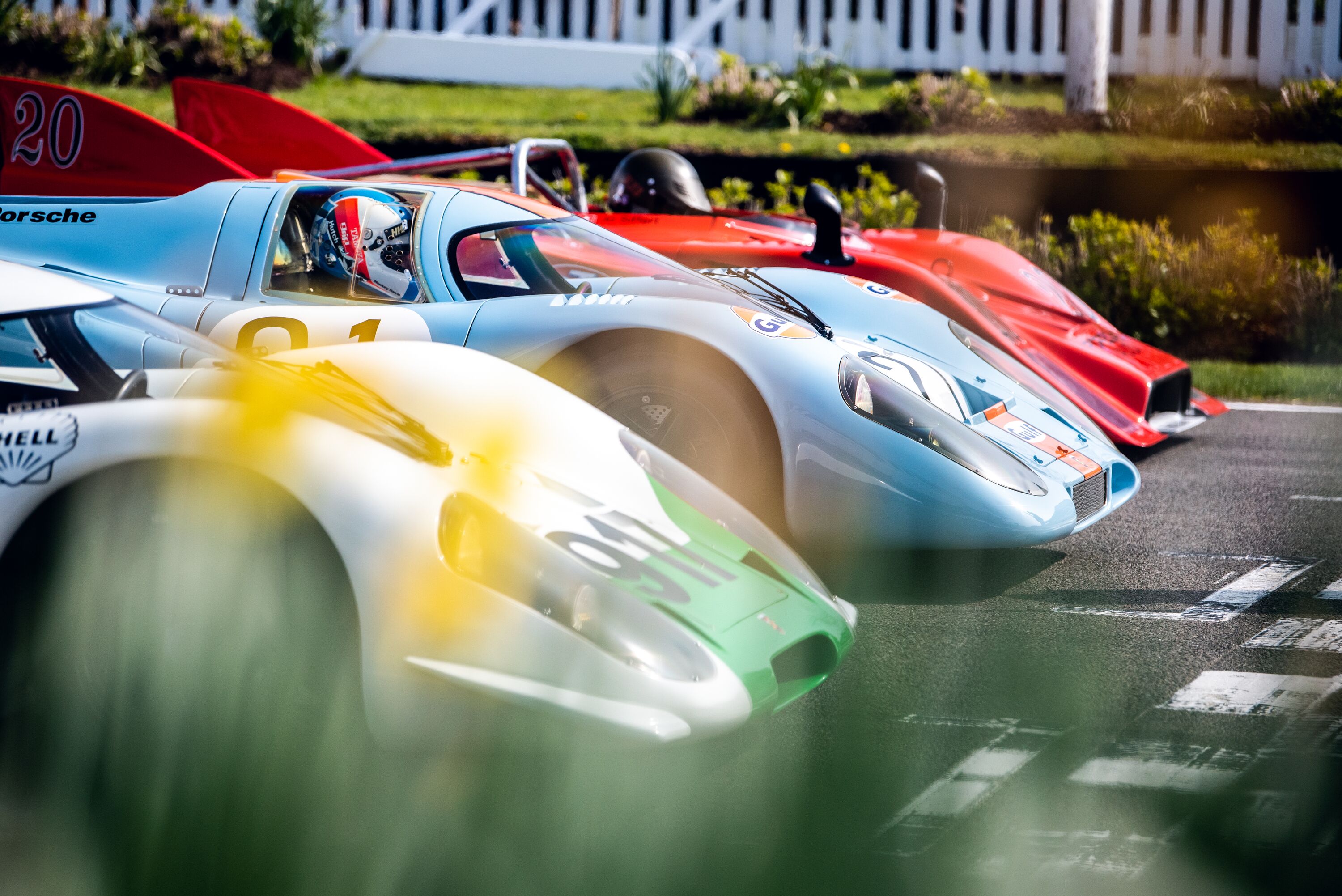INTERVIEW: How to coachbuild a bespoke Rolls-Royce
For around eight years, Niels van Roij Design has been turning its clients’ dreams into coachbuilt reality, blending age-old craftsmanship with modern materials and processes to create a series of unique cars. The most recent to reach fruition is Henry II, a one-family-owned Rolls-Royce Corniche that has been transformed from its original coupé guise to a one-off shooting brake.

It takes around two years to convert an idea to reality, and perhaps the most surprising aspect of such a project is that the design is nowhere near finalised before the base car is cut apart. The point of no return comes before the destination is determined. “Once we start cutting up the car in the workshop, we don’t know yet what we’re going to do exactly,” said Van Roij.
“If we did, we would lose valuable time on the engineering side of things, and we try to compress the project time as much as we can. When the first cut was made on the bodywork, the design was anything but finished, and there were still many different options, many different iterations of the concept of a shooting brake."
What’s more, because Niels Van Roij can’t predict the scope of the work involved in a bespoke conversion, no strict budget is estimated before work commences. Client and coachbuilder must embark on the project with utmost mutual respect, and that continues to grow throughout the collaborative project. At every step of the way, multiple design proposals are suggested so that the client can select which designs to progress with, and which to reject.
It’s a similar process an OEM would go through, and these meetings are held fortnightly over video call. “That’s one of our key unique selling points,” Van Roij explains. “Our customers are very much involved. We call it co-design, so we truly work with the clients that are very much involved.”
These discussions start out around the overall styling and end up covering the minutiae. The first thing to settle was the rear end styling, but those proposals could only be made once the team had cut open the Rolls-Royce to reveal its sizeable rear subframe — vindicating the method of starting physical work before finalising sketches.
“At one time, there was a gaping hole after the rear axle all the way to the rear bumper, and everything was built up from there with subfames, with extra strengthening devices, and we now have an integrated bike carrying system. We ended up redesigning the car from rear axle backwards.”
Multiple rear-end styling proposals were created, each inspired by historical Rolls-Royce models to meet the brief of making the conversion look as if it could have been carried out in period.
But even that remit leaves scope for many different possible interpretations. “How dynamic does this car need to be? How formal does it need to be? The placement of the number plate emboss — is that higher up? And how high up?”
These questions are asked hypothetically, just some of the queries pondered by the design team and answered with various sketches.
Some designs harked right back to the 1950s for inspiration, taking cues from the Silver Cloud before the final iteration was chosen. It must be tough to eliminate favoured runner-up designs. Less tough to reject are the proposals Niels van Roij Design creates to show what not to do. For example, relocating the C-pillar in its stock form further back on the car was never going to look right, and they wanted to show the client.
“This type of trial and error is very important,” sad Van Roij. “Instead of saying, ‘Just believe us,’ we try to have that openness there and release the different examples next to each other.” This back and forth takes months while they get closer and closer to the final design. “It’s first about proportions, the outline of the car. The graphics, windows, chromework, other brightwork, bumpers, taillights, headlights, that kind of stuff.”
After that, there is a whole process of getting the details right. “How does this actual trim piece look? How does it flow from the door to the side and how thick is it? Does it have an offset? What kind of offset? How many millimetres is this offset? And so you go deeper and deeper towards literally millimetres.”

To help finalise the design, 3D printed parts are made so that they can be tried on the car in the workshop. The same detailed process is applied to the engineering and interior, and they all interact with each other so run in parallel.
We wondered whether there’s ever tension between what a client wants and what the design team thinks is right, but it hasn’t happened yet. “Our clients are actually very sensitive to design and we guide them through the whole process,” Van Roij revealed.
“It’s not that we throw over six other sketches and say, ‘OK, call us when you make a decision.’ And there is often a range of possibilities to fulfil a client’s needs, so we go from left to right and swim through the different options and eventually come to a place where everybody is content with the outcome. There’s no friction, fortunately.”
That direct contact with the end client is something Van Roij relishes. “It’s a great pleasure working with clients, and all of our clientele are very passionate. To have a direct relationship with the end user is quite special within automotive design."
"We see our clients every two weeks versus probably never seeing them when you’re working for a big OEM. That’s what we really enjoy here, very direct contact with the clients.”
Niels van Roij Design has a team of three or four people in the workshop, with elements such as wooden trim outsourced. “We are similar to an architect firm. They won’t have brick layers or plumbers on the team, and that’s exactly how we work.
“We have a host of specialists that we’ve been working with for many, many years, and they always work with us on the part going forward to the different stages of the build.” It’s the same with some clients who come back for a second project, which has happened more than once.
What would you choose — the latest hypercar where you can select the paint colour and upholstery, or a one-off car in your own vision? Seeing just how detailed the process is left us wondering what we’d commission Niels van Roij to build if we were in the fortunate position to do so…
road
news
interview
Niels van Roij Design
Rolls-Royce
Corniche












